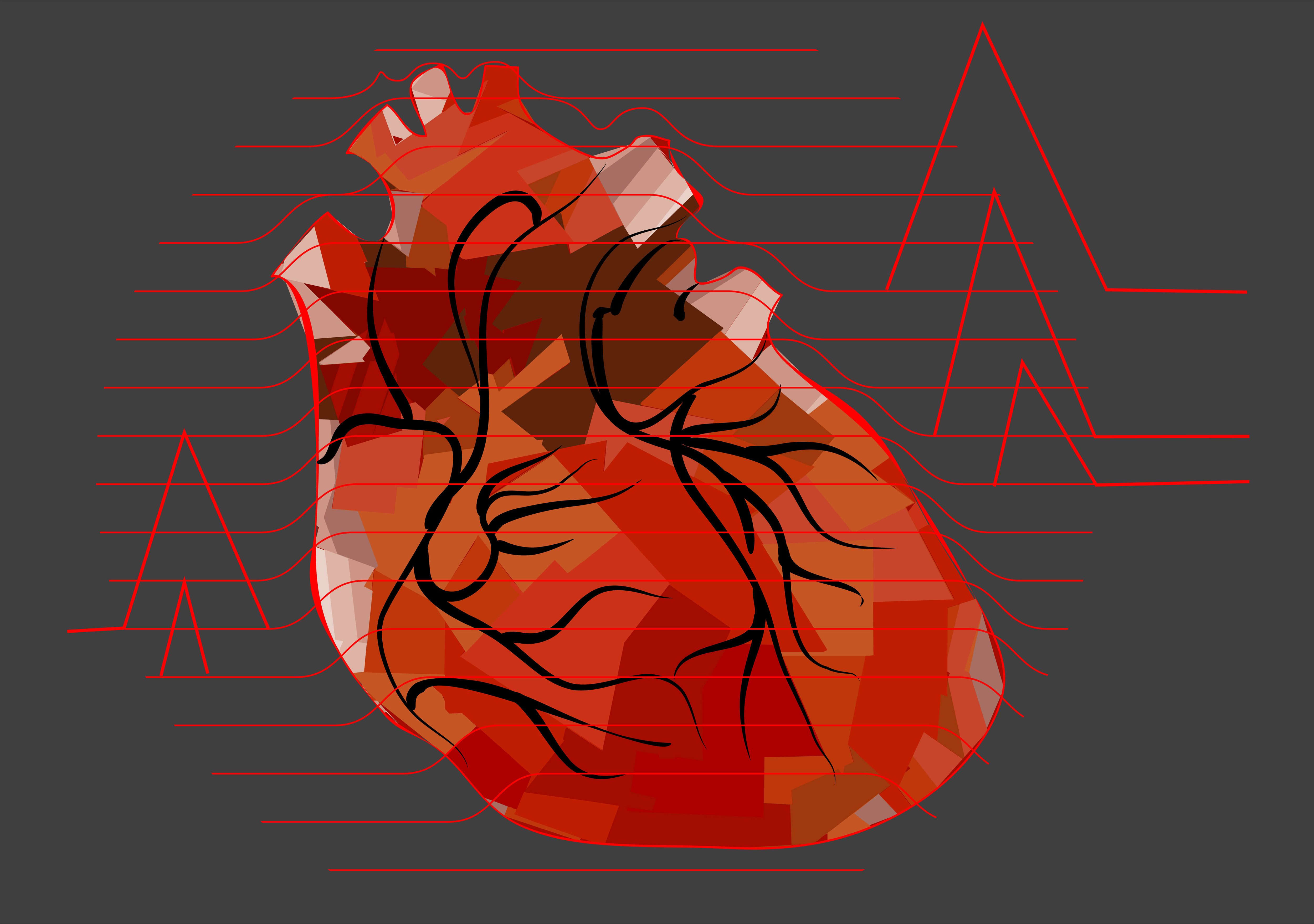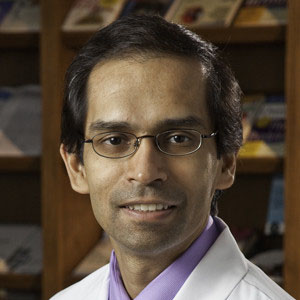Silent heart attacks: Much more common than we thought in both men and women

ARCHIVED CONTENT: As a service to our readers, Harvard Health Publishing provides access to our library of archived content. Please note the date each article was posted or last reviewed. No content on this site, regardless of date, should ever be used as a substitute for direct medical advice from your doctor or other qualified clinician.
On television, heart attacks are portrayed in rather dramatic fashion — typically, an older man clutching his chest with agonizing pain. This mental image is embedded in our culture, but it actually represents only a small fraction of heart attacks. As it turns out, a variety of different symptoms may develop with a heart attack. In addition to chest pain, some of the other symptoms that can occur with a heart attack include chest pressure, chest heaviness, arm pain, neck pain, jaw pain, shortness of breath, sweating, extreme fatigue, dizziness, and nausea. That is, in part, why it is not always so easy to diagnose a heart attack. And of course, women are also at risk for heart attacks. Whether women are more likely than men to have these symptoms other than chest pain remains a controversial point.
Now, research from the Atherosclerosis Risk in Communities (ARIC) Study has found that almost half (45%) of heart attacks appear to be clinically silent — that is, not associated with any symptoms at all, at least that the patient can recall. These sorts of silent heart attacks were picked up by use of a routine electrocardiogram (ECG). And these silent heart attacks weren’t just a meaningless abnormality picked up on a test. The silent heart attacks were associated with a similar risk of subsequent death as clinically detected heart attacks.
Older studies had more or less come up with similar findings. The present study extended these observations into a much more diverse population. The excess risk associated with silent heart attacks was found to be present in both men and women. Of note, rates of both types of heart attack were higher in men than in women. There was also an excess risk of future death associated with both clinical heart attacks and silent heart attacks in both white and African American patients. Other races were not examined in this study, and more work needs to be done in this regard, though likely the results would be similar.
What does this mean for people who are worried about heart attacks? Guidelines for physicians from professional medical societies in general no longer recommend routine ECGs in healthy people, though this used to be a common practice. Certainly, if you should have an ECG for some purpose, such as before certain types of surgery, and a silent heart attack is detected, that needs to be taken seriously — really, as though you had had a clinically apparent heart attack. Any medications and lifestyle changes prescribed as a result of detecting a silent heart attack should also be relatively similar.
Future studies will have to determine if certain populations might benefit from routine screening for silent heart attacks. Beyond any studies done within the world of conventional medical research, the increasing availability of various apps will allow people to get ECGs on themselves, so detection of silent heart attacks will probably increase. The risk of this sort of indiscriminate screening is that one test abnormality might lead to another set of more expensive and risky tests. So, hopefully we can sort our relatively quickly (i.e., in the next few years) who might be best served with routine screening with ECGs, or perhaps even more sophisticated tests to detect silent heart attacks or people at risk for them.
About the Author

Deepak L. Bhatt, M.D., M.P.H, Former Editor in Chief, Harvard Heart Letter
Disclaimer:
As a service to our readers, Harvard Health Publishing provides access to our library of archived content. Please note the date of last review or update on all articles.
No content on this site, regardless of date, should ever be used as a substitute for direct medical advice from your doctor or other qualified clinician.











.jpg)

